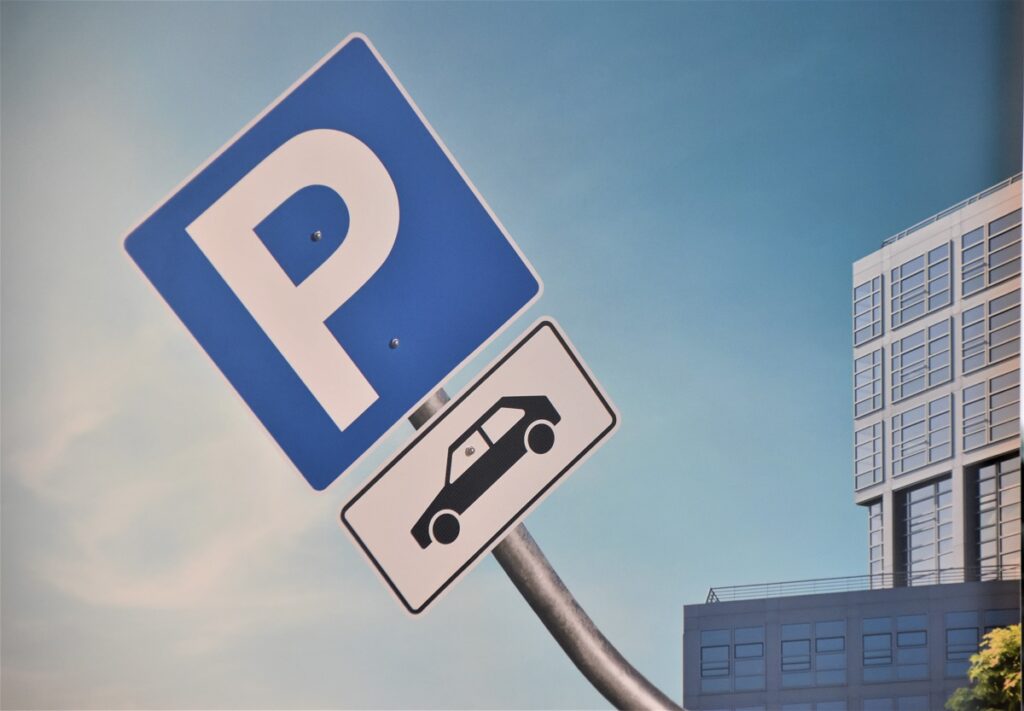Parking lots can feel a little intimidating sometimes, especially for disabled drivers. From other cars to obstructed views to higher numbers of pedestrians, it can be difficult to navigate parking lots – but any driver must do what they can to help increase their safety and the safety of everyone around them. This is one reason why reverse parking is a good idea.
Reverse parking is not something that every driver, including disabled drivers, practices – but if you don’t, you should. Here’s what you need to know about reverse parking, and a step-by-step guide to help disabled drivers reverse park safely.
Is Reverse Parking Safer?
A lot of accidents in parking lots occur when a driver is backing out of a space. While reverse parking may seem a bit more complicated initially, it’s a much safer approach to take when you park. That’s because backing into a spot means that when it’s time to go, you can simply drive directly out of the spot and have a much clearer view of the obstacles around you. Basically, you’re not backing out from a spot without being able to see other cars and pedestrians.
For disabled drivers, learning to reverse park gives you a valuable tool that can help you to stay safe.

How To Reverse Park
Reverse parking isn’t as complicated as you may fear. In fact, the more you practice it, the better you’ll get at it – no matter your mobility limitations or the size of your vehicle. Just make sure you fully utilize the features on your vehicle that can assist you, such as the reversing camera, when you’re learning how to reverse park like a pro.
Here is a step-by-step guide to reverse parking:
Step 1: Find An Empty Parking Spot
This can be both the easiest and most challenging part of the whole process! When you’re learning how to reverse park, you may want to look for parking spaces with no cars next to them or without a lot of cars around. This may help to give you a bit more confidence when it comes to learning how to reverse park without the added stress of cars all around the spot.
Step 2: Line Up
Once you’ve found a spot you want, line up your car. Do this by simply driving in front of the spot so that your rear bumper is lined up in front of the space, or by driving parallel to the parking spaces so you’re able to maneuver into your spot by turning in reverse.
Step 3: Make Your Intentions Known
Now that you’re lined up in front of your space, it’s time to let other drivers and pedestrians around you know that you’re planning to back into the space. Use your turn signal or emergency flashers to indicate that you’re stopping and going to back up.
Step 4: Check Around You
Now that you’ve let others around you know that you want to back into the spot, check around you for any people or other vehicles. Make sure no cars are coming up behind you or in front of you. Look in your side mirrors and rearview mirrors for pedestrians, and don’t forget to check your blind spot, too!

Step 5: Put Your Vehicle In Reverse
Your next step is to shift your vehicle into reverse. As you do this, turn your steering wheel to the right and slowly start to back up.
Step 6: Move Backward
Now you want to allow your vehicle to slowly back up into the space. As your car enters the space, turn your wheel to straighten out the tires so you go straight back. Always make sure to keep checking those side mirrors and the rearview mirror so that you do not come close to the cars parked around you.
Step 7: Continue Backing In
Keep going! As you slowly back into the spot, just keep checking around you and straightening the wheel out so that your car is properly aligned in the spot. Ensure that your car is far enough into the space so it’s not sticking out and obstructing other cars from going around you, but don’t reverse so far that you hit a curb or another vehicle.
Step 8: Park!
Once you’ve checked to make sure you’re far enough in the space, put your car in park. Congratulations! You’ve now reverse parked your car and you’re soon to be a pro. When you’re ready to leave, all you need to do is look both ways and slowly exit the space by driving right out. How easy is that?!
For more information about disabled parking permits, contact Disabled Parking today.
Featured image by Waldemar Brandt on Unsplash
